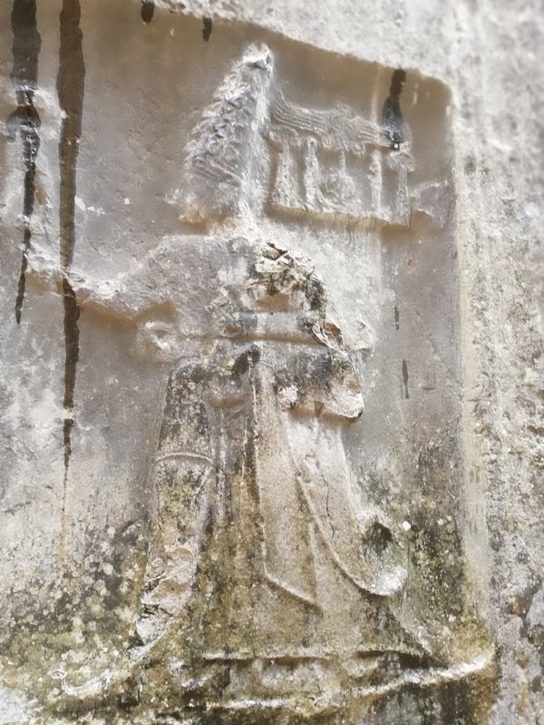We spent the night at an abandoned garage and found some garlics which had evidently fallen off a lorry and were still quite edible. We then drove to Hattusas, the capital of the Hittite empire during 1700-1300 BC. I went there 48 years ago, and it has changed with a road built round the main sites, but it was fairly quiet when we went. Six layers of culture have been found during the excavations: Hittite, Assyrian, Phrygian, Galatian, Roman and Byzantine. During the Hittite period, the city was surrounded by a thick wall 6 kms long with towers at certain intervals. Entry was t hrough a number of gates, the most important being the Lions Gate and the Kings Gate.
We stopped at the “Ground Gate”, where you pass through a 70-metre tunnel to the other side, thought to have been a means of getting round the back of a besieging enemy, the Royal Palace, the market place where Assyrian merchants peddled their wares, the Temple and the Lion Gate which the victorious Hittite armies marched through when returning from their battles.
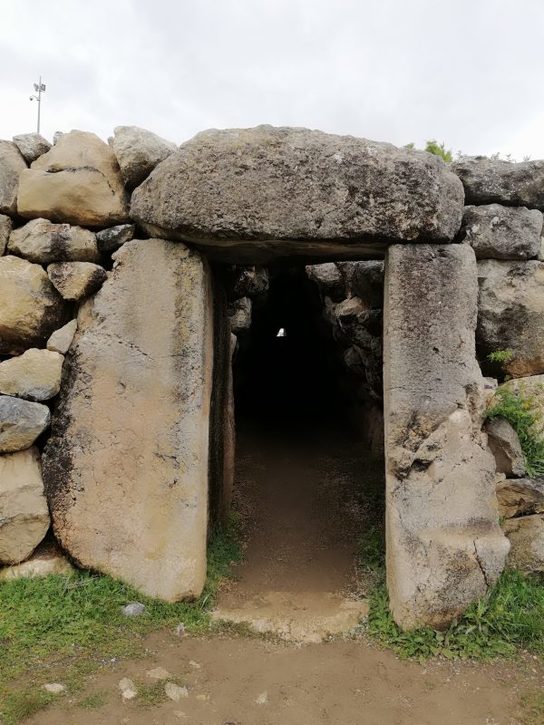
The “Spinx Gate) is located on the top ofthe mound through which the Ground Gate passes.
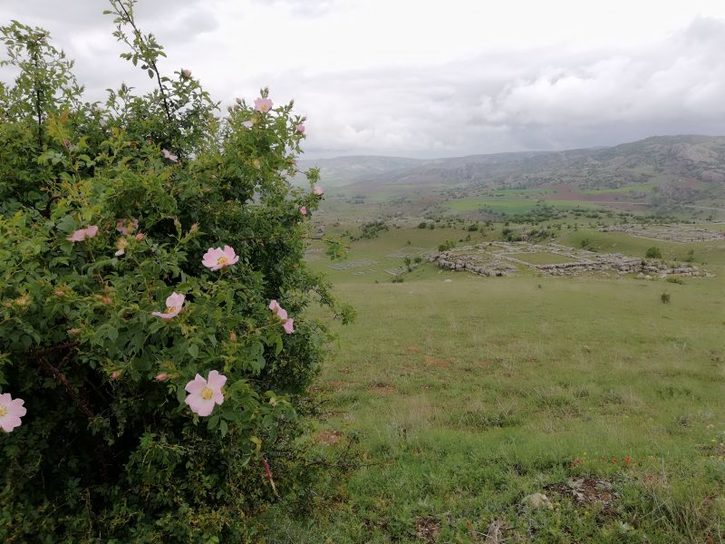
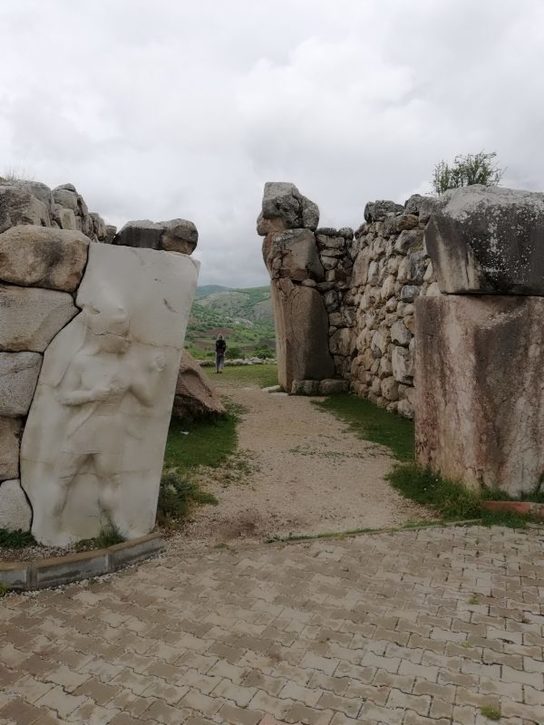
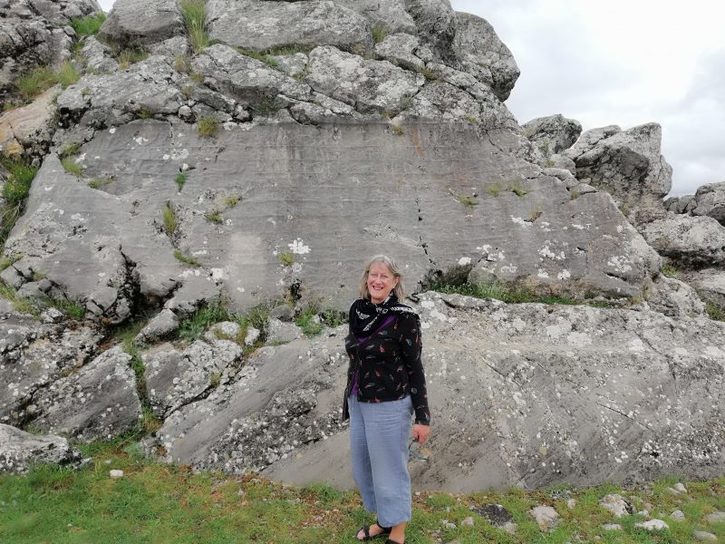
The “Nisantas” inscription can only be partly deciphered
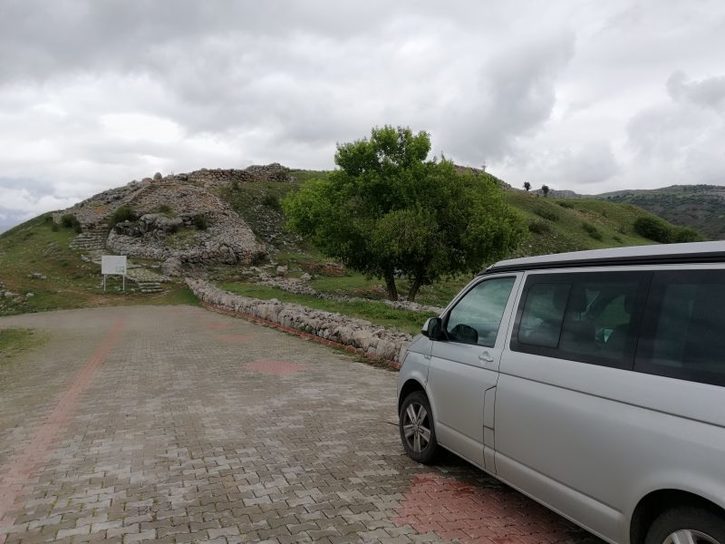
The country was ruled from the palace located on a cliff called “Buyuk Kale” (Large castle). The palace, which was not a single structure but a complex of buildings located round yards with galleries with columns, accommodated the king and his family as well as the palace staff and the guards who were called “Golden Spears”.
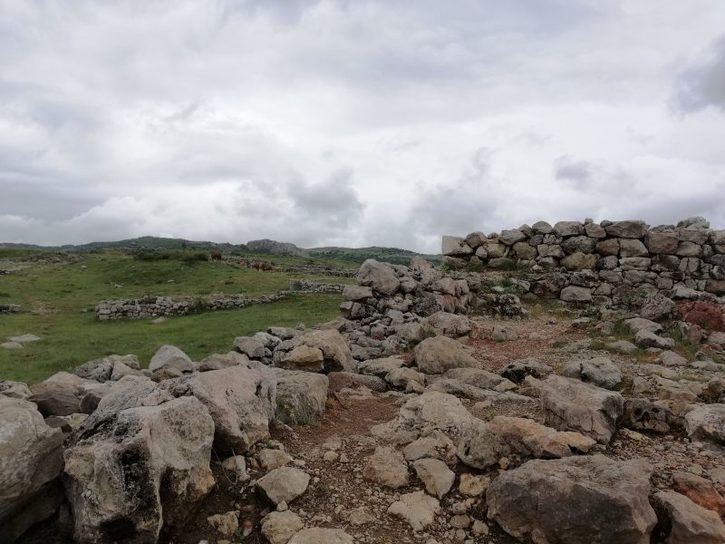
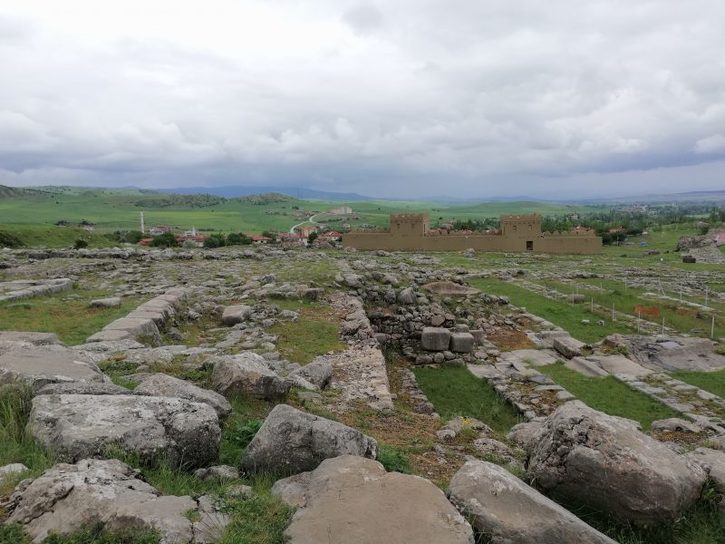
The temples also had their own land and workshops run by their own staff.
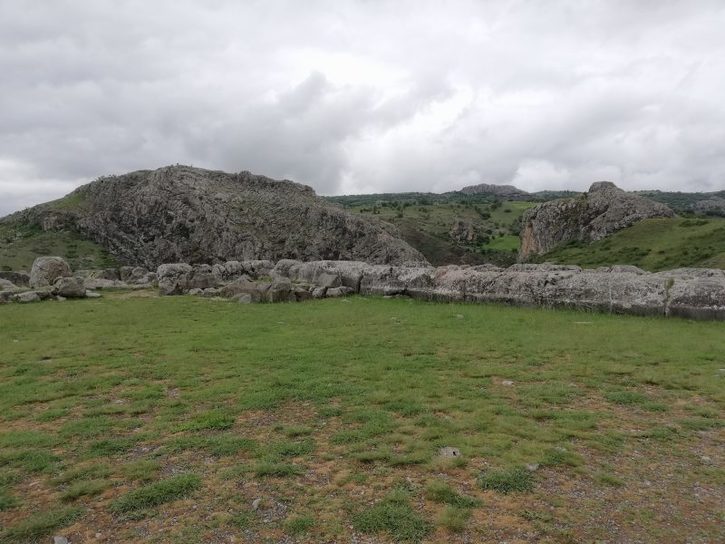
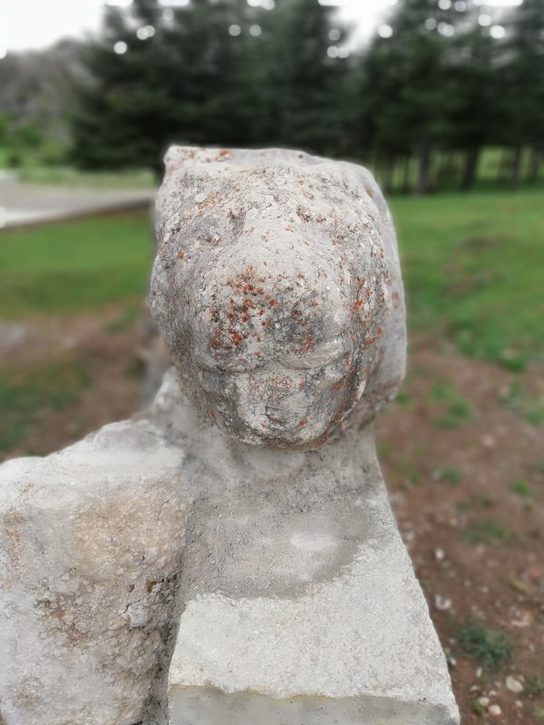
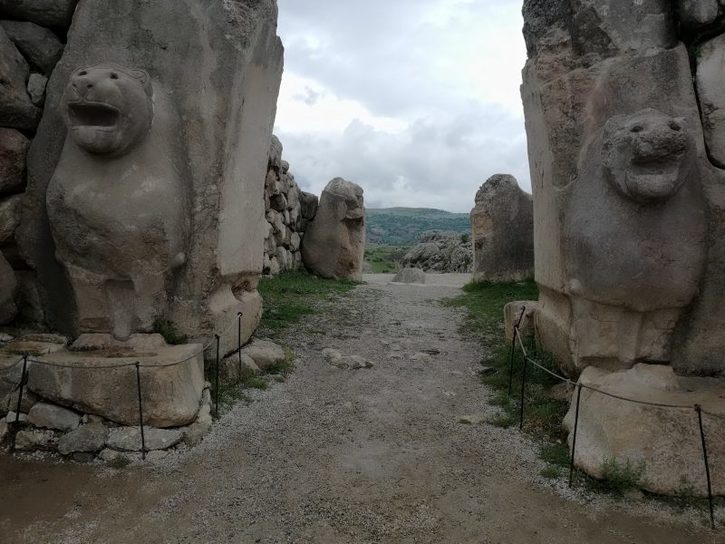
The rock carvings are cut into the cliffs at Yazilikaya, several kms from Hattusass. These pics show “Lonely Gods” on the left stone and “Lonely Goddesses” on the right stone. The encounter of the Storm God, his wife the Sun Goddess and their children, is depicted on the main stage.
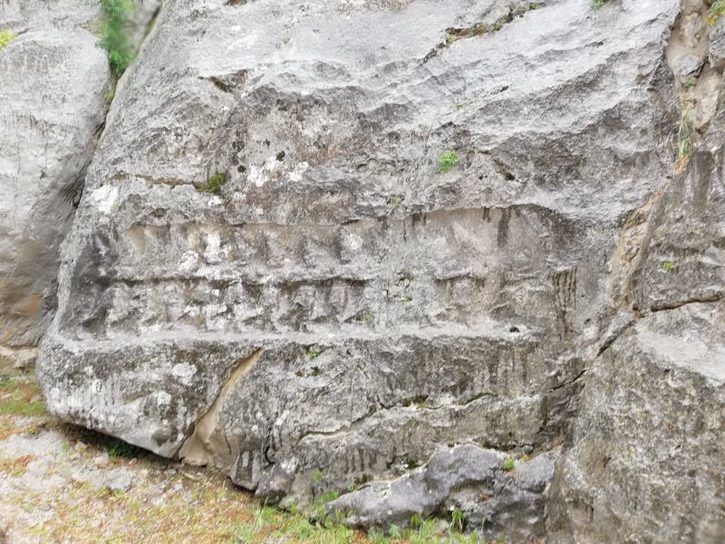
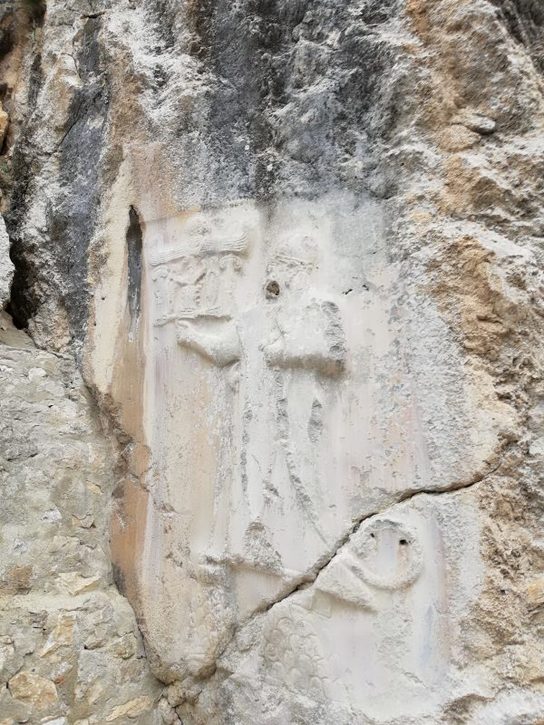
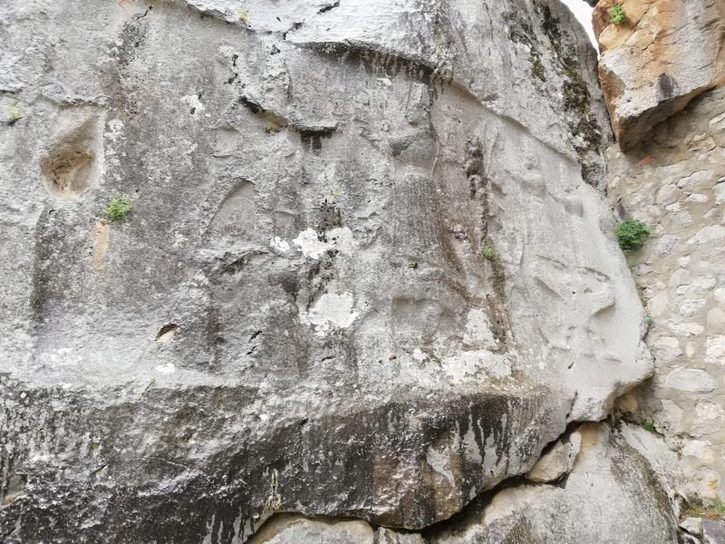
In the second room, a carving shows the “Twelve Gods” carrying sickle-shaped swords, and Nergal, the “God of the Sword”. These gods live underground and have contact with the other world.
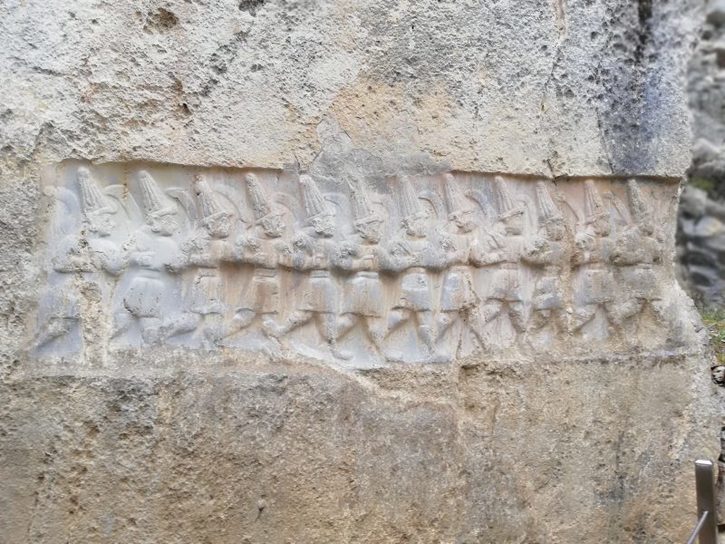
The Great King, Tuthaliya 4th”, is carved in a bigger size on the wall across the main stage. In this carving, the king wears the ceremonial dress of the Sun God and holds the crowstick, which is the symbol of sovereignty, and he stands on two hills.
